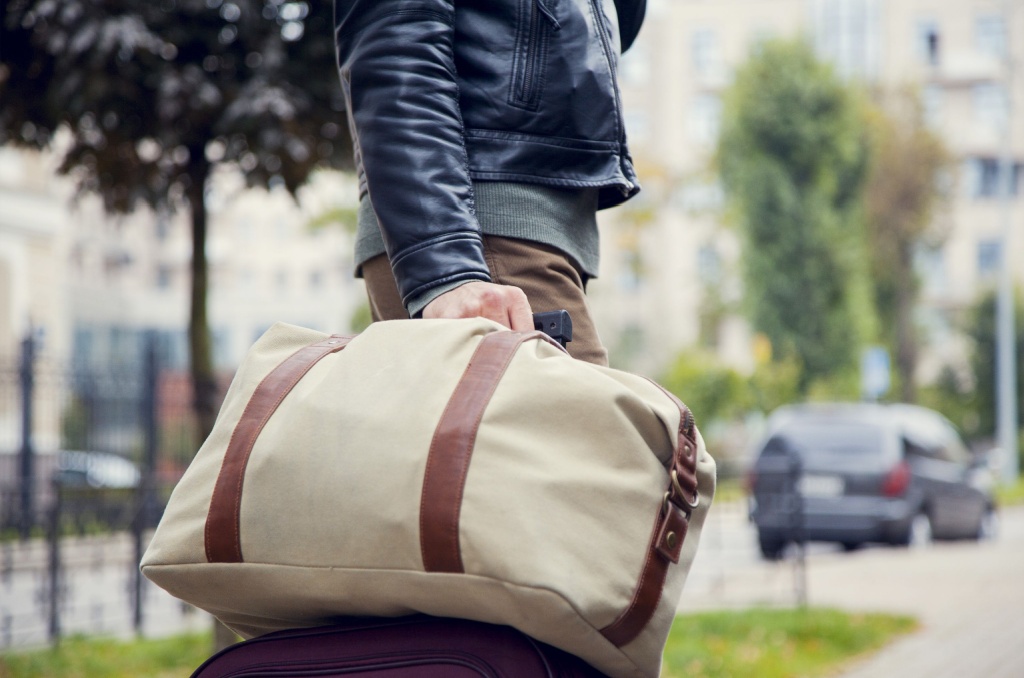Turkey Day is almost here! Serve up a delicious deep-fried turkey to your family for a step outside of the ordinary.
Baked turkey is for the birds. Fried turkey provides a modern twist on a timeless Thanksgiving classic. But before you whip out the apron, take a moment to properly prepare yourself, your kitchen, and the bird for safe deep frying. The number of structure fires double on Thanksgiving, in large part to improper fryer safety protocols.
Proper Equipment
- Select your fryer. Electronic deep fryers tend to be the safest method. Most models rest on the countertop and plug into a wall outlet. If an electric fryer is not available, you can use a large, deep skillet (at least 12” wide and 2” deep). You must chop up your turkey to accommodate pans of this size. This won’t be considered “deep” frying but frying all the same.
- If using a traditional deep turkey fryer, use it outside away from walls, fences, and foliage.
- Thaw that puppy out all the way out and make sure it is dry when you start. Moisture and oil don’t mix well.
- Dress the part – make sure your arms are covered and there’s no dangling strings, fringe or hair.
- Use the right oil. Some oils cook well at high temperatures; others don’t. Safe oils for deep frying include peanut, soybean, safflower, canola, and grape seed oils.
- Prepare your turkey ahead of time. Even the safest oils will eventually burn. Have your ingredients ready and the fowl seasoned before the oil reaches the appropriate cooking temperature of 375°.
Cooking Safety
- Avoid letting oil come into direct contact with flames. If you are using a gas-powered range and you need to top off the oil, remove the pan from the heat source.
- Always have a fire extinguisher available.
- Do not use water to extinguish a grease fire.
- Do not attempt to fry a frozen or partially frozen turkey.
- If you plan to reuse the oil, remove the oil for its heat source (or unplug the fryer) and let it cool. If the cooled oil is still clear and clean, pass it through cheese cloth to remove any bits of fried batter before storing it in a sealable container.
Cooking Tips
- While frying small portions is certainly easier, it’s possible and often desirable to fry the entire turkey. Select a turkey that is 12lb or fewer; most fryers won’t adequately handle a capacity higher than that. The turkey must fully submerged in oil with at least an inch of oil to cover it.
- If you have a large group, fry multiple turkeys of 12lb or fewer.
- Be sure that the turkey is completely thawed.
- Remove any filling from the interior.
- Bind the legs.
- Fry turkey for 3-5 minutes per pound until the internal temperature has reached at least 165°. Test this in multiple parts of the turkey such as the thickest part of the breast and thighs.
- Remove the turkey from the fryer before testing the temperature for a more accurate reading. Do not test the internal temperature of the food while it is submerged in the hot oil; this will lead to an inaccurate temperature reading.
- When removing the turkey, remember that the inner cavity may be filled with hot oil. Remove the turkey with the cavity facing downward (as if the turkey was standing) and let the cavity drain before placing the bird on a sturdy pan lined with paper towels. The paper towels help to absorb excess oil. You can remove these before serving.
- Let the bird chill out for about 15 minutes before passing it to the host to carve. Enjoy!




